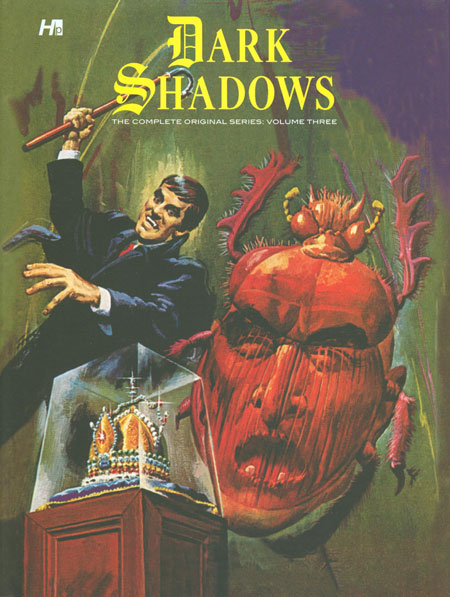


- #Rawtherapee shadow compensation disabled how to#
- #Rawtherapee shadow compensation disabled manual#
- #Rawtherapee shadow compensation disabled software#
DT is Linux or Mac only, though they have offered it to any M$ programmer who was willing to make a version and support it, none have. After I got the basic idea of of it, then upgraded to Ver 2.x with the improvement it had.
#Rawtherapee shadow compensation disabled manual#
1.x of DT as its manual was smaller and I figured I could read it and push my learning curve and there were a lot of YouTube tutorials for ver 1. My favorite OS is Linux Mint Cinnamon, so I downloaded both Raw Therapee and Dark Table, and started looking at both but gravitated to DT. Being a member of an international photo competition, my shots were liked, but they just lacked the pop that others had, so spent days studying other shots to see what I could learn, And basically decided that the difference was post production which I had not been doing while relying on JPG and simple touch ups, Since I have long since dumped anything having to do with M$ Windows, or being trapped by the "pay to play" scheme of some of the name brand products, I looked to see what was available in open source. Crossing over to Digital, I tried to apply the same rule, but just wasn't happy with the results. was always taught to do it right at the camera, there would be little if any post production (darkroom) work to be done. I am an old school photographers (second generation, son of a Brooks trained Father) I. I can do the same, but would like to avoid running stuff through wine in Linux. Frustrating until I master the raw editors. I love my camera's jpeg colour rendition, but hate the lack of fine detail.
#Rawtherapee shadow compensation disabled software#
Same here! I do the conversion by the camera brand's own software and do the edits in photoshop. I am aware this is somwhat of a "dark ages" type of working but I like to keep control. If you'd like to duplicate your camera's jpegs, why not use them to begin with and save yourself the trouble? Today's cameras are capable of absolutely gorgeous jpeg output.įYI, I shoot raw-only and convert with just about the simplest raw converter of them all: UFRaw although I do sometimes dabble with RawTherapee, Darktable and Photivo but I always come back to the basics - I like separating the raw conversion from image processing and limiting the conversion to debayering and applying WB and a tone/contrast curve, the rest is done in PP. Darktable is somewhat kinder on memory requirements.Īlso, consider your raw processing to always end up differently from the camera's OOC jpeg and don't try to mimic it - just try to process to a result that you yourself like. Just like a camera switch does not make your shots suddenly better, the switch of a raw converter will not do anything for your jpegs.īoth converters mentioned are very worthy competitors delivering extremely capable results. Seeing your remark above I'd say: stick with the one you are using.
#Rawtherapee shadow compensation disabled how to#
Any thoughts?Īlso, where is a good place to learn how to learn either? I can't ever seem to get anything close to what the jpegs are from my camera. Considering switching from one to the other.


 0 kommentar(er)
0 kommentar(er)
